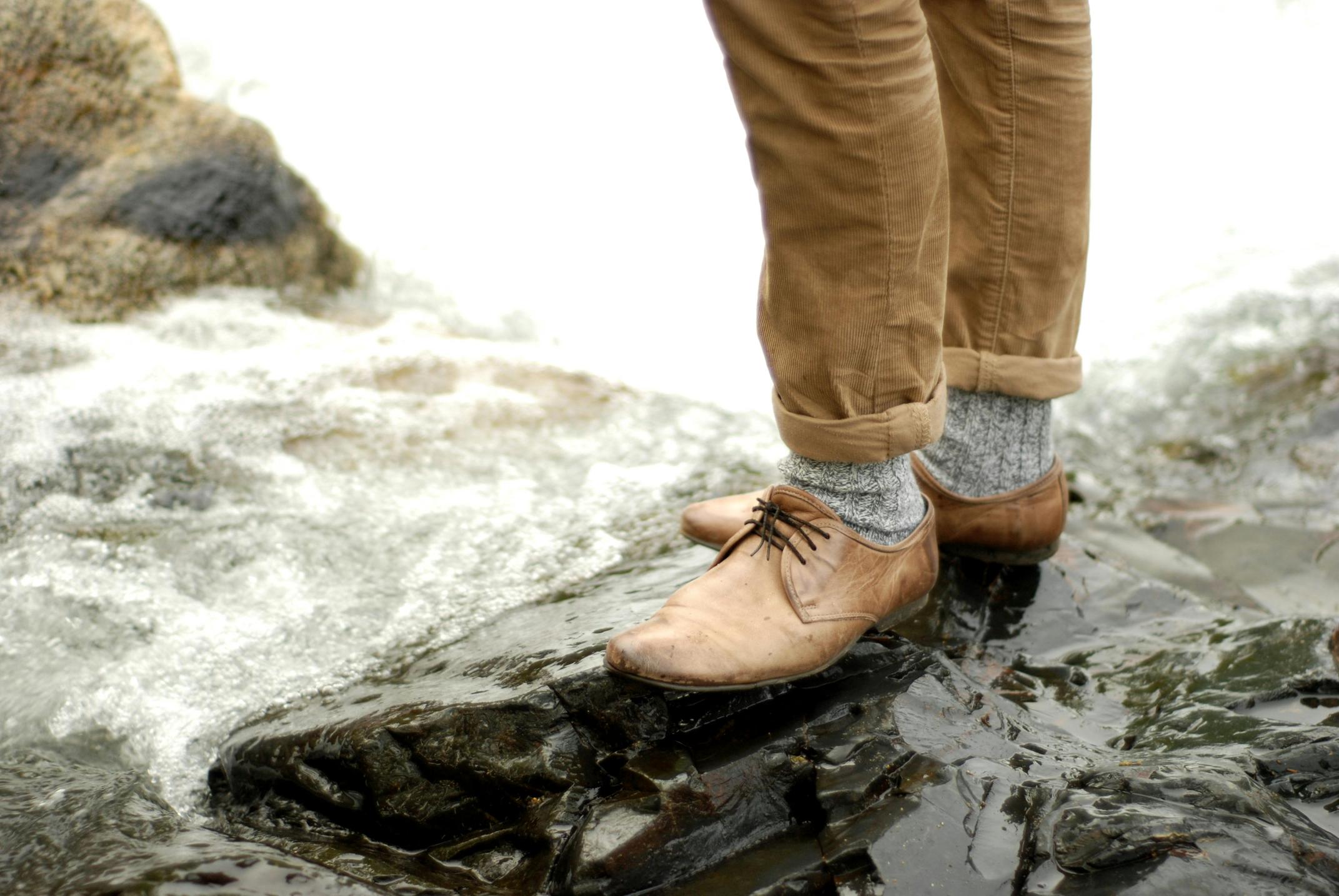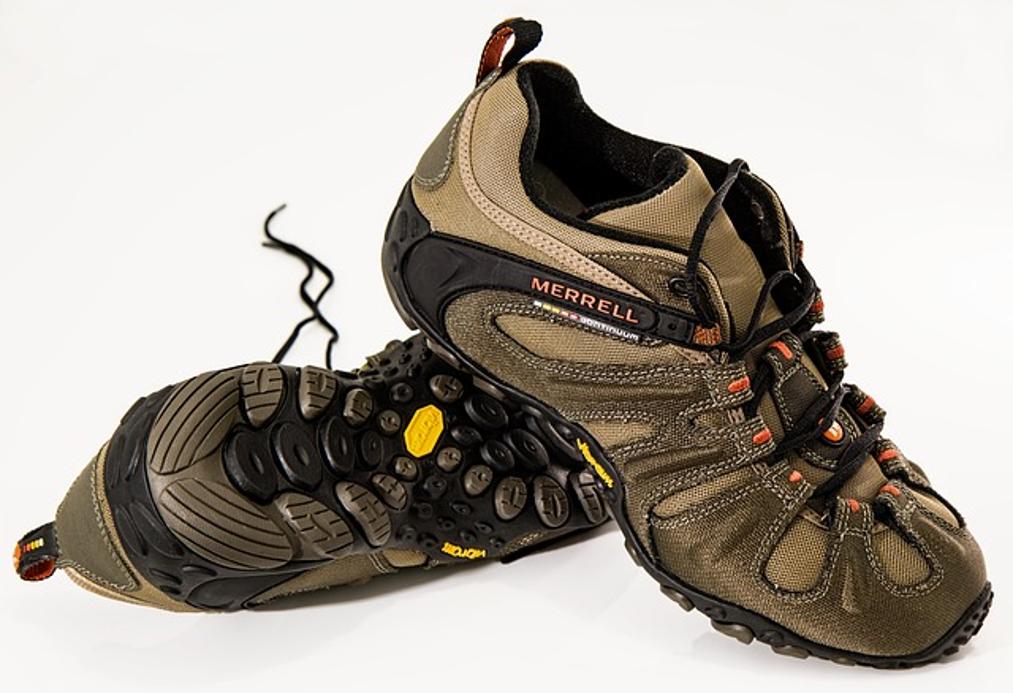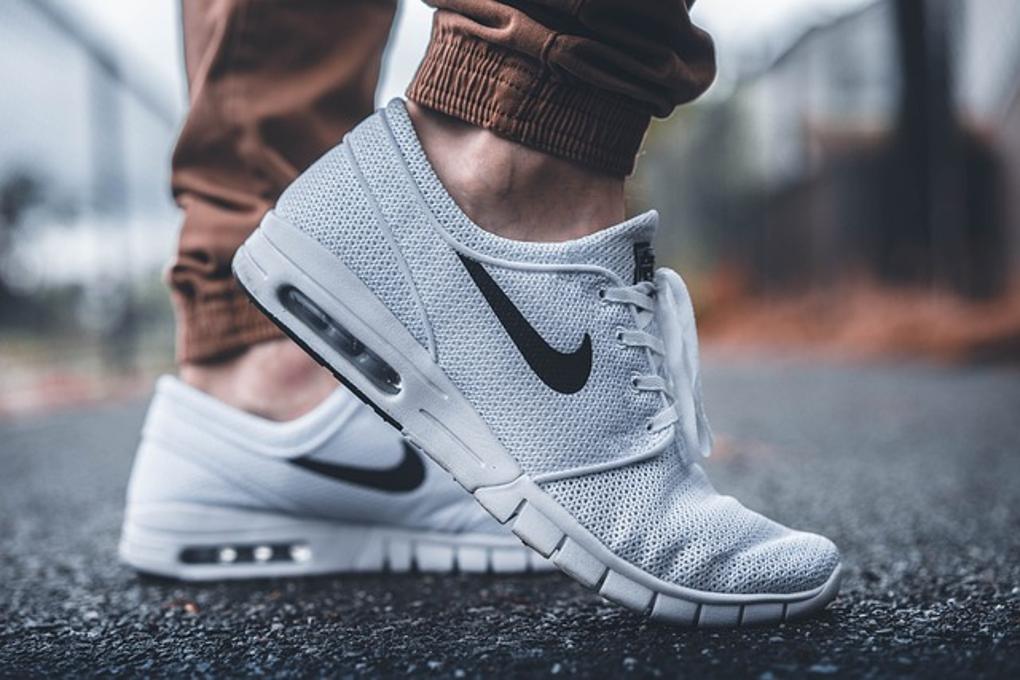How to Choose Hiking Shoes: A Comprehensive Guide
Introduction
Choosing the right hiking shoes can make or break your outdoor adventure. Whether you’re a seasoned hiker tackling rugged terrain or a novice exploring gentle trails, your footwear significantly impacts your comfort and safety. The ideal hiking shoe provides support, protection, and durability while fitting perfectly. This comprehensive guide will walk you through the different types of hiking shoes, essential factors to consider, must-have features, tips for trying them on, and even some common pitfalls to avoid.

Types of Hiking Shoes
Not all hiking shoes are created equal. There are different types designed for various terrains and hiking styles. Here are the main categories to consider:
1. Hiking Boots: These are perfect for rugged terrain and long hikes. They offer excellent ankle support and are often waterproof. Ideal for backpackers carrying heavy loads.
2. Hiking Shoes: These are lighter than hiking boots and offer good foot support. They are suitable for day hikes on less demanding trails. Expect decent protection and comfort.
3. Trail Runners: Popular among fast hikers and ultralight backpackers, trail runners are lightweight and flexible. They may lack the protection of hiking boots but excel in speed and versatility.
4. Approach Shoes: Best for adventurers who combine hiking with climbing. These shoes offer good grip on rocky terrain but aren’t ideal for long-distance hiking due to their heavier build.
Understanding the type of hiking you’ll be doing helps narrow down your choices and ensures you pick the right footwear.

Factors to Consider When Choosing Hiking Shoes
Selecting the perfect pair of hiking shoes goes beyond just picking a style. You need to consider various factors to ensure they meet your specific needs:
1. Terrain: Are you hiking on well-maintained trails, rocky paths, or muddy terrain? The rougher the environment, the more sturdy and supportive your shoes need to be.
2. Distance: For shorter day hikes, a comfortable pair of hiking shoes will suffice. For longer treks, consider more supportive hiking boots.
3. Weather: If you expect wet conditions, waterproof hiking shoes are essential. For warm climates, opt for breathable materials to keep your feet cool.
4. Fit and Comfort: Never overlook the importance of a good fit. Shoes that are too tight or too loose can cause blisters and discomfort.
5. Weight: The weight of your shoes affects your energy levels. Lighter options are best for less challenging hikes, while heavier boots are necessary for rough, long-distance treks.
By balancing these factors, you can make an informed decision that aligns with your hiking requirements.
Understanding Shoe Features
Modern hiking shoes come packed with various features designed to enhance your hiking experience. Understanding these elements can help you identify what you need:
1. Upper Material: Typically made from leather, synthetic materials, or a combination of both. Leather is durable but heavier, while synthetic materials are lighter but may wear out quicker.
2. Midsole: This part provides cushioning and determines shoe stiffness. Midsoles are usually made from EVA (lighter, softer) or PU (firmer, more durable).
3. Outsole: The part in contact with the ground, often made of rubber. Lug patterns and heel breaks in the outsole enhance grip and provide stability.
4. Waterproof vs. Breathable: Waterproof membranes like GORE-TEX keep your feet dry but may reduce breathability. Non-waterproof shoes are lighter and more breathable, a trade-off for dry conditions.
5. Cut: Hiking shoes come in low-cut, mid-cut, and high-cut designs. High-cut boots provide more ankle support, while low-cut shoes offer better agility.
Knowing what to look for in each component will help you pick a shoe that meets your functional needs while ensuring comfort.
Tips for Trying on Hiking Shoes
Trying on hiking shoes properly is crucial to avoid discomfort and potential injuries. Use these tips for a successful fitting:
1. Measure Your Feet: Get your feet measured at the end of the day when they are most swollen. This ensures a more accurate fit.
2. Wear Hiking Socks: Always try shoes on with the socks you plan to wear while hiking to account for their thickness.
3. Walk Around: Spend time walking in the shoes. Pay attention to any pressure points or areas of discomfort.
4. Check the Toe Room: Ensure about a thumb’s width of space in the toe box. This prevents your toes from hitting the end of the shoes on descents.
5. Test the Heel: Your heel should stay in place without lifting. A secure heel helps prevent blisters and provides stability.
6. Simulate Various Terrains: If possible, walk on inclines and declines to mimic hiking conditions.
Following these tips helps ensure that the shoes you choose will offer the best possible fit and comfort during your hikes.

Common Pitfalls to Avoid
Choosing hiking shoes can be tricky, and there are common mistakes many people make. Avoid these pitfalls for a better hiking experience:
1. Prioritizing Style Over Function: While it’s nice to have stylish shoes, functionality should be your top priority. Focus on fit, support, and durability.
2. Ignoring Terrain Requirements: Using the wrong type of shoe for the terrain can lead to discomfort and even injury. Match your shoes to the hiking conditions.
3. Overlooking Proper Fitting: Failing to try on shoes correctly can result in blisters and foot pain. Always test for fit before making a purchase.
4. Neglecting Break-In Period: New shoes often need to be broken in. Wearing them on shorter hikes before your main adventure can save you a lot of discomfort.
By avoiding these common pitfalls, you can increase your chances of having a comfortable and enjoyable hike.
Maintenance and Care
Proper care extends the lifespan of your hiking shoes and keeps them functioning optimally. Here’s how to maintain them:
- Clean Regularly: Remove dirt and mud after each hike. Use a brush and mild soap to clean the surface.
- Dry Properly: Avoid drying shoes under direct sunlight or near heat sources. Stuff them with newspaper to absorb moisture and let them air dry.
- Inspect Often: Regularly check for wear and tear. Replace worn-out laces and insoles to maintain comfort.
- Store Properly: Keep shoes in a cool, dry place away from direct sunlight to avoid material degradation.
By following these care tips, you can extend the life of your hiking shoes and keep them in prime condition for your next adventure.
Conclusion
Selecting the right hiking shoes involves a thoughtful consideration of various factors. From understanding the different types to paying attention to essential features, and trying them on properly, each step is crucial. Avoiding common mistakes and maintaining your shoes will ensure a comfortable, safe, and enjoyable hiking experience. Ready to hit the trails? Choose wisely and hike on!
Frequently Asked Questions
How do I know if my hiking shoes fit properly?
A proper fit means there should be enough room in the toe box, about a thumb’s width. Your heel should stay secure without lifting. Try on shoes at the end of the day with your hiking socks for the most accurate fit.
Are waterproof hiking shoes necessary?
While not always necessary, waterproof hiking shoes are beneficial if you often hike in wet or muddy conditions. They keep your feet dry, which can prevent blisters and discomfort. For dry climates, breathable non-waterproof shoes may be more comfortable.
How often should I replace my hiking shoes?
Replace your hiking shoes every 500 to 1,000 miles, depending on the terrain and how often you use them. Regularly inspect your shoes for signs of wear and tear, particularly the soles and cushioning.
